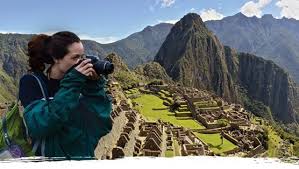
Latin American Festivals You Can’t Miss on Your Gap Year
The idea of taking an vacation in Latin America is an exciting experience that offers opportunities for personal growth as well as cultural immersion and unforgettable experiences. But, understanding the cultural differences is essential for making the most of your trip. This article provides valuable insights on understanding and accepting the diversity of cultures in Latin America.
Embracing Diversity
Latin America is a tapestry of cultures, languages, and traditions that were shaped by the native peoples of America, Colonial history, and modern influences. From the vibrant festivals in Mexico to the lush landscapes of Brazil Each country provides a unique cultural experience. It’s crucial to approach your travels by having an open-minded attitude and a willingness to learn. Knowing the customs, beliefs and the languages of the nations you’re planning to visit will assist you navigate potential cultural misunderstandings.
Language Barriers
Although Spanish is the main language in most Gap Year Programs Latin American countries, regional dialects and variations are also present. Portuguese is spoken in Brazil, and many indigenous languages are still prevalent in diverse regions. Basic language skills will significantly improve your experience. Learn simple phrases, greetings and gestures of appreciation can make you more attractive to locals and facilitate communication. Online resources and language apps will help you improve your language skills before you go.
Respecting Customs and Traditions
Every culture has its unique customs and traditions that are a reflection of its beliefs and values. For example, in many Latin American nations, family is the most important aspect to the social scene, and it is likely that meals are usually shared among relatives from the extended families. Be respectful of these traditions and be willing to participate in the local culture whether that’s attending a community festival, enjoying an authentic meal, or understanding the significance of local art and music.
Understanding Social Norms
Social norms can vary significantly in Latin America. For instance, personal space and physical contact rules differ. For instance, in some societies, it is commonplace to greet people with a hug or kiss on the cheek. However, in other societies where a firm handshake is the norm. Being aware of these social cues will assist you in managing interactions and avoid unintentional offenses. Observing how locals interact can give valuable insight into appropriate behavior.